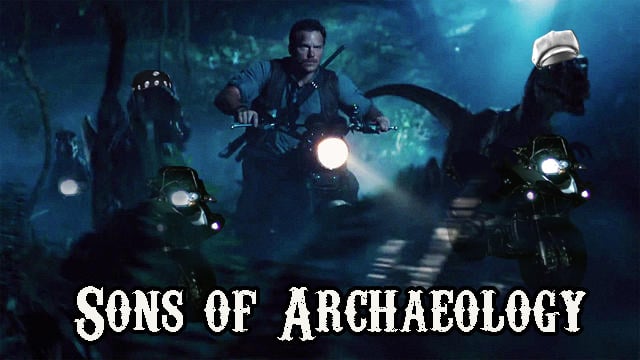We’ve all had the feeling. That lingering, creeping dread that somewhere just outside your peripheral, someone, something, is watching you, following you relentlessly and endlessly, and no matter how hard your attempt to shut it out, it never disappears.
I’ll wait a second to let the shiver that scurried up your spine fade.
It Follows begins with protagonist Jay, a girl presumably on the cusp of entering adulthood, preparing for a date with her boy toy Hugh. All is well so far (actually, eh, not so sure. It’s set in Detroit) until Hugh kidnaps Jay and takes her to an abandoned building on what one can only assume to be Exposition St. Hugh tells of a curse he has transmitted to Jay. A curse that dooms the carrier to an eternity of being stalked by an entity that can manifest as anyone, and is only visible to current and past (living) carriers. The sole method of receiving this curse?
The horizontal mambo.
Adult nap time.
Disappointing the wife.
Gland-to-gland combat.
Tunnel patrol.
Sex.
Not a very creepy segue, I know, but I wanted to dissipate some of the stigma around the simple concept of sex seeing as sexual tension found in It Follows could support a whorehouse built entirely of John Goodman.
The thing is that it doesn’t take away from how effective It Follows turned out. From Jay’s first encounter with the creeping entity to the film’s hauntingly ambiguous end, the audience is trapped within an intensely claustrophobic environment. Constantly on the run, Jay and company never seem to buy enough time to figure just what the hell they’re dealing with. Funny thing is, neither do we, the audience. And that is what I consider It Follows’ master stroke. It abandons that worn out horror trope of simultaneously revealing the creature for what it really is and vanquishing it with some bullshit copout like the power of love or having the protagonist being startled awake in an insane asylum as the camera slowly pans away.
I don’t want to discuss too much of the plot since watching the film fold out was half the fun. It’s the underlying theme and the debate on what this film is trying to say. Some reviewers around the Web submit that It Follows is a simple metaphor for the danger of STD transmission amongst young adults and how it will follow you wherever you go after contraction. This seems a little too elementary for a film that was greatly directed and executed.
Others hold the opinion that It Follows is a reflection on the idea that at no matter what point you are at in your life, time is running out and always will be. I take this side of the debate simply because it makes more sense considering the film’s subject matter. The ambiguity of the entity stalking Jay and its previous curse carriers doesn’t really scream “I am herpes. Do you understand the metaphor?” It says, “I am the grains of sand in the hourglass. I’ll fall and fall and fall until you end.” spooky voice
As every great fan of horror understands, the imagination is far more capable of disturbing your psyche than anything the camera can pick up. Or so many should think, because for every worthwhile horror film released, an eternity we must wait for another to come around. I’ve grown tired of exhaling forcefully every time I spot another one of the found footage, jump-scare yawn-a-thons that have outstayed their welcome in the cinematic market. It Follows is a breath of fresh air in a stale genre, and I highly recommend you see it.
But make it sooner rather than later because, remember, time is running out.












